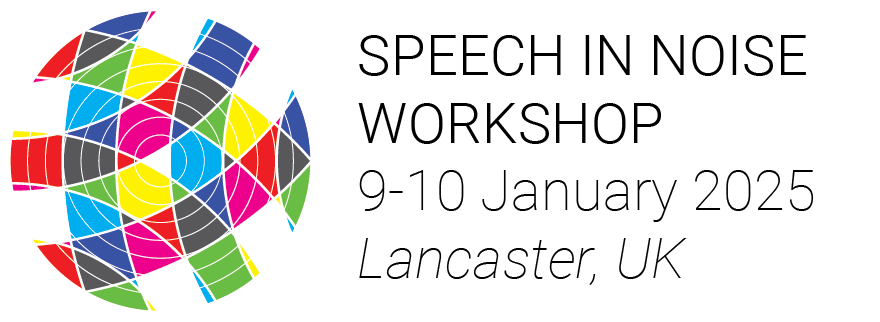P77Session 1 (Thursday 9 January 2025, 15:25-17:30)Creating a naturalistic classroom for lab-based auditory research
Paediatric auditory research typically takes place in controlled, lab-based research environments. Paradigm precision is high in these environments as confounding factors are easily controlled. However, this comes at a huge cost to ecological validity. For example, BKB-SiN sentences are often presented in a soundproof auditory booth to reduce miscellaneous background noise. Yet, in their everyday life, children neither learn nor play in a soundproof booth.
An alternative option is collecting data directly from schools to provide ecologically valid data. These school-based research environments, however, lack paradigm precision. For example, classroom environments are loud, with many distracting sensory elements (noisy peers, visual clutter). Peers may interact in a variety of different ways, and the tasks given to students by their teacher may be variable from day-to-day. These confounds are hard to control, despite providing greater application of research findings to a real-world setting.
One way in which a middle ground between laboratory and school-based research can be reached is through the creation of a naturalistic, lab-based environment. The L3 Framework provides a structured approach to designing such an environment. Using the L3 Framework, a naturalistic classroom setting has been constructed at Lancaster University that replicates the typical classroom that children may find themselves in at school. This classroom considers the utilisation of synchronised eye- and motion-tracking, audio monitoring, and fNIRS, all without compromise to the naturalistic setting. Here, we discuss this classroom design and its potential for furthering our understanding of the impact of children’s hearing ability and technologies on learning.

